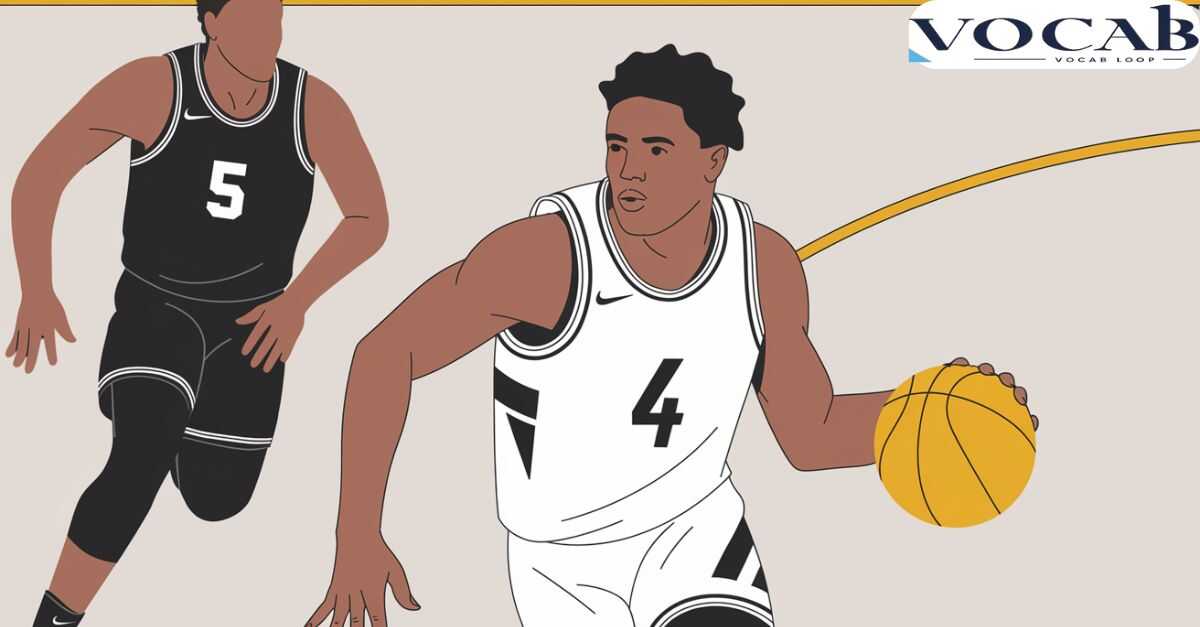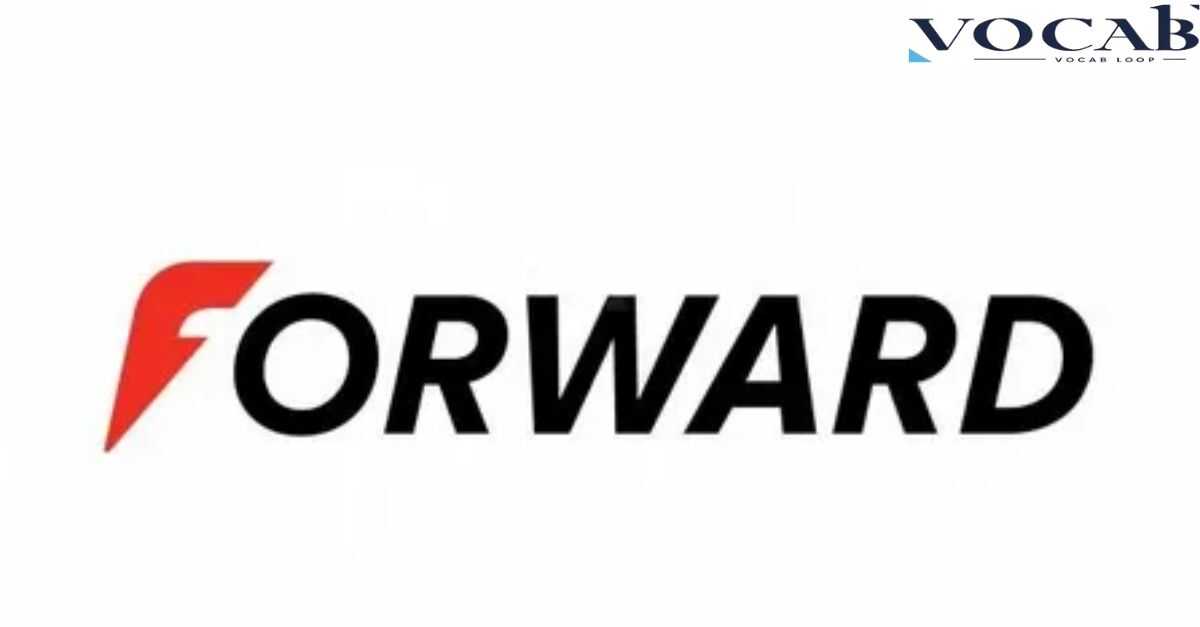The choice between “forward” vs “forwards” often causes confusion, but this guide will clarify the difference. Whether you’re writing formally, crafting a story, or refining your speech, knowing when to use each is essential.
We’ll explore their origins, usage, and regional preferences so that by the end, you’ll confidently choose the right word and impress your audience.
Why Is There Confusion?
The confusion surrounding “forward” vs “forwards” stems from a complex interplay of factors, each contributing to the muddy waters of usage. Let’s dive into the key elements that make this seemingly simple choice a tricky one.
Language Evolution
English, like all living languages, is in a constant state of flux. Words evolve, meanings shift, and usage patterns change over time. The “forward” vs “forwards” debate is a perfect example of this linguistic dynamism.
Historically, many adverbs in English added “-s” to their base form without changing the meaning. This pattern gave us pairs like:
- toward/towards
- backward/backwards
- upward/upwards
Over centuries, usage preferences have shifted, with some forms gaining dominance in certain regions or contexts. This evolution has left us with a legacy of dual forms, each vying for prominence in different linguistic landscapes.
Pronunciation of Forward vs Forwards
Interestingly, the pronunciation of these words adds another layer to the confusion. In many dialects of English, “forward” and “forwards” are pronounced identically, despite their different spellings. This phonetic similarity blurs the line between the two forms in spoken language, which can then seep into written communication.
| Word | Typical Pronunciation |
| Forward | /ˈfɔːrwərd/ |
| Forwards | /ˈfɔːrwərdz/ |
As you can see, the difference in pronunciation is often negligible, especially in rapid speech. This auditory similarity contributes to the interchangeable use of these words in many contexts.
What Does the Word “Forward” Mean?

Before we delve deeper into the usage debate, it’s crucial to understand the core meaning and functions of “forward”.
Definition:
At its heart, “forward” means toward or at a place or position ahead. It implies movement or direction to the front or into the future.
Examples of Usage
- As an adjective:
- “The forward cabin of the ship offers the best views.”
- “Her forward thinking revolutionized the industry.”
- As an adverb:
- “The team moved forward with their plans despite the setbacks.”
- “Please step forward when your name is called.”
- As a verb:
- “Could you forward that email to the entire team?”
- “He forwarded the package to her new address.”
Fun Fact: In basketball, a “forward” is a player who typically plays near the baseline and whose primary role is to score points and rebound.
“Forward” is versatile, functioning smoothly across various parts of speech. This flexibility contributes to its widespread use in both American and British English.
What Does the Word “Forwards” Mean?
Now, let’s turn our attention to “forwards” and explore its unique characteristics.
Definition and Usage
“Forwards” is primarily used as an adverb, meaning toward the front or toward what is ahead. While its core meaning is similar to “forward”, it’s often perceived as slightly more informal or conversational in tone.
Contextual Examples
- “The crowd surged forwards as the band took the stage.”
- “The car rolled forwards slowly, inching toward the gate.”
Key Point
The crucial difference lies in usage patterns rather than meaning. “Forwards” is more commonly used in British English and some other variants, while “forward” is preferred in American English, especially in formal writing.
Forward vs. Forwards: The Differences

While the meanings are nearly identical, the choice between “forward” and “forwards” often comes down to regional preferences, formality, and personal style.
Implications of Usage
- Formality: “Forward” is generally considered more formal and is the preferred choice in academic and professional writing.
- Regional Identity: Your choice can signal your linguistic background or target audience.
- Consistency: Style guides often recommend sticking to one form throughout a document for consistency.
Usage in Different English Variants
The usage of “forward” and “forwards” varies significantly across different English-speaking regions. Let’s explore these variations:
American English Usage
In American English, “forward” is the strongly preferred form in most contexts. It’s used as both an adjective and an adverb.
- “The company is moving forward with its expansion plans.”
- “Please forward any complaints to the customer service department.”
British English Usage
British English shows more flexibility, with both “forward” and “forwards” in common use. However, “forwards” is more frequently used as an adverb.
- “The queue moved forwards slowly.”
- “We’re looking forward to the holiday.” (Note: In this phrasal verb, “forward” is always used, even in British English.)
Australian and Other Variants
Australian English, like British English, tends to use both forms, with a slight preference for “forwards” in adverbial usage.
Canadian and New Zealand English often align more closely with British usage but may show influences from American English due to geographical and cultural proximity.
Summary of Regional Preferences
| Variant | Preference |
| American English | Strong preference for “forward” |
| British English | Both used, “forwards” common as adverb |
| Australian English | Both used, slight preference for “forwards” |
| Canadian English | Mixed, influenced by both British and American |
Common Contexts Where Each Is Used
Understanding the contexts in which each form is typically used can help guide your choice.
Forward
- In formal writing and business communication:
- “We look forward to hearing from you.”
- “The company’s forward-thinking approach set it apart.”
- As part of phrasal verbs:
- “Can you forward this email to the team?”
- “The project is moving forward as planned.”
- In technical or scientific contexts:
- “The forward thrust of the rocket propelled it into orbit.”
Forwards
- In casual or conversational contexts, especially in British English:
- “He leaned forwards to whisper something.”
- “The crowd pushed forwards, eager to see the celebrity.”
- In sports commentary:
- “The striker dribbled forwards, looking for an opening.”
- In descriptions of physical movement:
- “She stumbled forwards, caught off balance by the sudden stop.”
Conclusion on Usage
The choice between “forward” and “forwards” often boils down to regional conventions, context, and personal style. In formal writing, especially in American English, “forward” is the safer choice. In more casual contexts or British English, “forwards” is perfectly acceptable as an adverb.
Examples of “Forward” and “Forwards” in Sentences

Let’s examine some sentences to see how these words are used in context.
Sentences Using “Forward”
- “The company is looking forward to a prosperous new year.”
- “Please forward all inquiries to our customer service department.”
- “The forward-thinking CEO implemented innovative policies.”
- “We need to move forward with the project despite the setbacks.”
Sentences Using “Forwards”
- “He leaned forwards in his chair, eager to hear the news.”
- “The crowd surged forwards as the gates opened.”
- “She stumbled forwards, caught off guard by the sudden stop.”
- “The team pushed forwards in the final minutes of the game.”
Analysis of Sentences
Notice how “forward” is used more versatilely, appearing as an adjective, verb, and adverb. “Forwards,” on the other hand, is primarily used as an adverb describing physical movement or direction.
Which One Should You Use: “Forward” vs “Forwards”?
Choosing between “forward” and “forwards” depends on several factors. Here are some guidelines to help you make the right choice:
General Guidelines
- \Consider your audience: If writing for an American audience or in a formal context, prefer “forward”.
- Check the style guide: If writing for a publication or organization, consult their style guide for preferences.
- Context matters: In casual writing or speech, especially in British English, “forwards” is perfectly acceptable.
Contextual Clues
- Use “forward” for formal writing, business communication, and most American English contexts.
- Use “forwards” primarily as an adverb, especially in British English or casual contexts.
- When in doubt, “forward” is generally the safer choice, as it’s universally accepted.
Tips for Writers
- Consistency is key: Choose one form and stick to it throughout your document.
- Read it aloud: Sometimes, one form will sound more natural in the flow of your sentence.
- Consider the tone: “Forwards” can sometimes lend a more casual or conversational tone to your writing.
Synonyms of “Forward” and “Forwards”

Understanding synonyms can help you vary your language and choose the most appropriate word for your context.
Synonyms of “Forward”
- Ahead
- Onward
- Frontward
- Advance
Synonyms of “Forwards”
- Ahead
- Onward
- To the front
- In front
Note that many synonyms work for both “forward” and “forwards,” highlighting their similar meanings.
Origins of “Forward” and “Forwards”
Understanding the historical background of these words can provide insight into their current usage patterns.
Historical Background
The word “forward” comes from Old English “foreweard,” combining “fore” (before, in front) and “-weard” (turning, directing). The addition of “-s” to form adverbs was a common practice in Middle English, giving rise to “forwards.”
Evolution of Usage
Over time, regional preferences emerged:
- American English generally dropped the “-s” in many adverbs, including “forward.”
- British English retained both forms, with “forwards” remaining common in adverbial usage.
This divergence reflects the broader trend of American English simplifying spellings and grammatical forms, while British English often retained older forms.
FAQs
Why do British and American English differ in their usage of “forward” and “forwards”?
American English simplifies forms, favoring “forward,” while British English retains both forms, with “forwards” more common as an adverb.
Can “forwards” be used in formal writing?
“Forward” is preferred in formal writing, especially in American English, but “forwards” is acceptable in British informal contexts.
Are there other adverbs with similar “-s” variants?
Yes, examples include “toward/towards,” “upward/upwards,” and “backward/backwards,” with similar regional and stylistic preferences.
How can I ensure consistency when choosing between “forward” and “forwards”?
Use a style guide and stick to one form; “forward” is universally accepted and works well in all contexts.
Is “forward” ever used incorrectly in place of “forwards”?
Not typically, as “forward” is widely accepted; using “forwards” in formal American writing might be seen as a mistake.
Conclusion
The journey through the intricacies of “forward” vs “forwards” highlights a fascinating aspect of English language evolution and regional variations. While the difference in meaning is minimal, your choice between these words can reflect formality, regional identity, or stylistic preferences.
Language is constantly evolving, and what matters most is clear communication. Whether you opt for “forward” or “forwards,” maintaining consistency in your writing and considering your audience will serve you well. Embrace the richness and flexibility of English, as these nuances make language learning an endlessly rewarding experience.
Key takeaways:
- American English strongly prefers “forward” in most contexts.
- British English uses both, with “forwards” common as an adverb.
- Formal writing generally favors “forward.”
- Context and audience should guide your choice.

Alex Hormozi is a seasoned blogger at Vocab Loop, known for his deep insights into language, vocabulary, and grammar. With years of experience in writing, Alex shares practical tips and effective strategies to help readers improve their linguistic skills and enhance their writing abilities.

